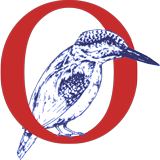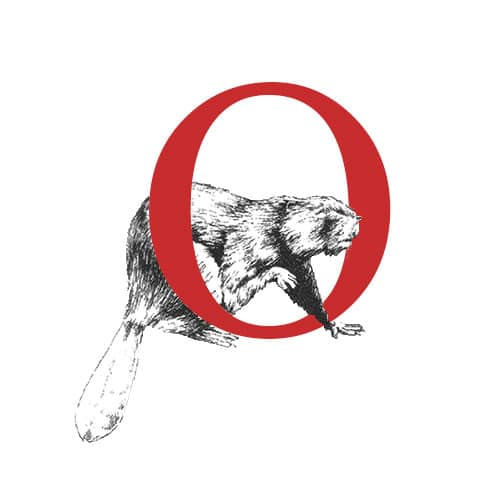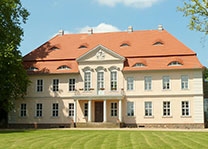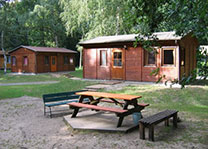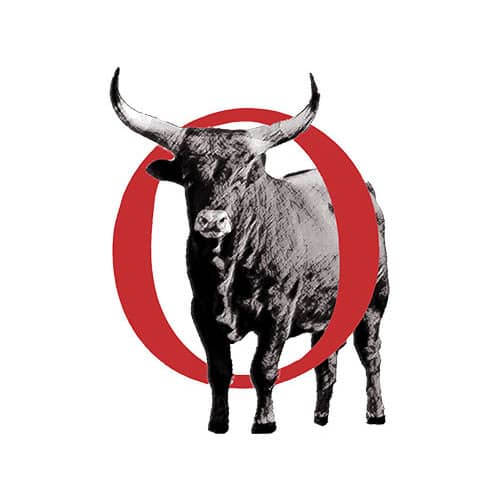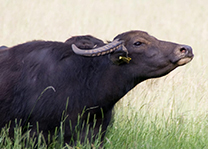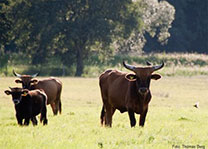Polish government wants to use Corona development fund for recultivation of the Zwischenoderland in the Lower Oder Valley
According to an article in the Polish newspaper ‘Gazeta Gryfińska’ on May 11, 2021, the Polish government in Warsaw, represented by the state water company Wody Polskie (Polish Waters), is planning the recultivation of the Polish intermediate land (Międzyodrze) in Essentially identical to the Lower Oder Valley Landscape Protection Park (Park Krajobrazowy Dolina Dolnej Odry), to use the EU corona development fund worth a total of 750 billion euros. The EU granted itself this money on a debt basis in order to mitigate the consequences of the pandemic. These funds were actually intended for investments that have something to do with the pandemic, i.e. for climate and biodiversity protection, digitization, health and other future topics. As expected, with this money, which the European governments have approved freely, without conditions and controls, 2,500 km of new roads and motorways are to be built in Poland alone by 2030, as the FAZ on May 17th 2021 reported (page 5).
With this money, the Polish Zwischenoderland is now to be re-cultivated, which the World Bank, the Development Bank of the Council of Europe and the EU Commission, originally planned as donors, had finally rejected because of obvious nonsense. Now the Polish government wants to finance this project on its own, but would prefer to use the EU’s Corona development fund.
The area known on the German side under the name Schillersdorfer and Gartzer Polder was diked 100 years ago by the Prussian state with Dutch experts and, comparable to the Fiddichower Polder (Polder 10) on the German side today, was cultivated. After the end of World War II, when these areas on the other side of the Oder and Neisse rivers came to rest and thus became Polish, this area of around 6,000 hectares was largely fallow. The hydraulic engineering systems were not put back into operation, the water could flow in and out depending on the water level of the Oder. A secondary wilderness developed. A second-hand wilderness, so to speak, that was so valuable that it was designated as a landscape protection park by the Polish voivodeship.
The Polish government is now planning to put this area back into agricultural use, to strengthen the dikes and to rebuild 33 inlet and outlet structures. 80 million zlotys (around 17.5 million euros) are earmarked for this. It now seems to be the case. The background is obviously the hope of being able to collect EU agricultural funding for this previous wilderness when these areas are taken back into cultivation. Poland has more than enough agricultural land to feed its population.
On the other hand, it would be more sensible to allow this natural idyll to continue to develop naturally without major investment in costs and to make extensive use of the unique wetland, a fen which is very important for climate protection. For tourist use, a beautiful circular path around the Zwischenoderland could be set up on the old dikes for bicycles and pedestrians, from which one can wonderfully observe nature. Extensive canoe tourism is also conceivable.
In addition, the Klützer Querfahrt, which connects the West-Oder with the East-Oder across the Polish landscape protection park, is to be dredged. Although it is located on Polish territory, the construction costs are largely borne by the German taxpayer. Then finally ocean-going coasters can drive through the middle of the German-Polish International Park Unteres Odertal. Only one company, if any, will benefit from this multi-million dollar construction project.
Thirdly, the German Ministry of Transport and the Polish Ministry of the Environment agreed in 2015 to expand the groynes on the border or to a greater extent. The Oder then becomes narrower, flows faster and deepens its bed. In the absence of water, navigability is unlikely to be improved, but the water table, which is already falling in East Brandenburg, will fall even faster and more strongly. This planned construction measure is not only a waste of money, but also ecologically counterproductive.
The Association of Friends of the German-Polish European National Park Unteres Odertal e. V. (National Park Association), as an active member in a network of practically all large nature conservation organizations, defends itself against the planned expansion of the Oder with economic and ecological arguments. The project is economically unreasonable and ecologically a catastrophe.
At that time, the National Park Association was the first to discover the secretly prepared plans for the expansion of the Oder, made them public and, as the voice of reason, made themselves heard by writing to the World Bank and the Federal Government. He continues to see it as his most important task to preserve the remains of the secondary wilderness, to develop it and to make it accessible for the people, residents and visitors.
The board of directors
